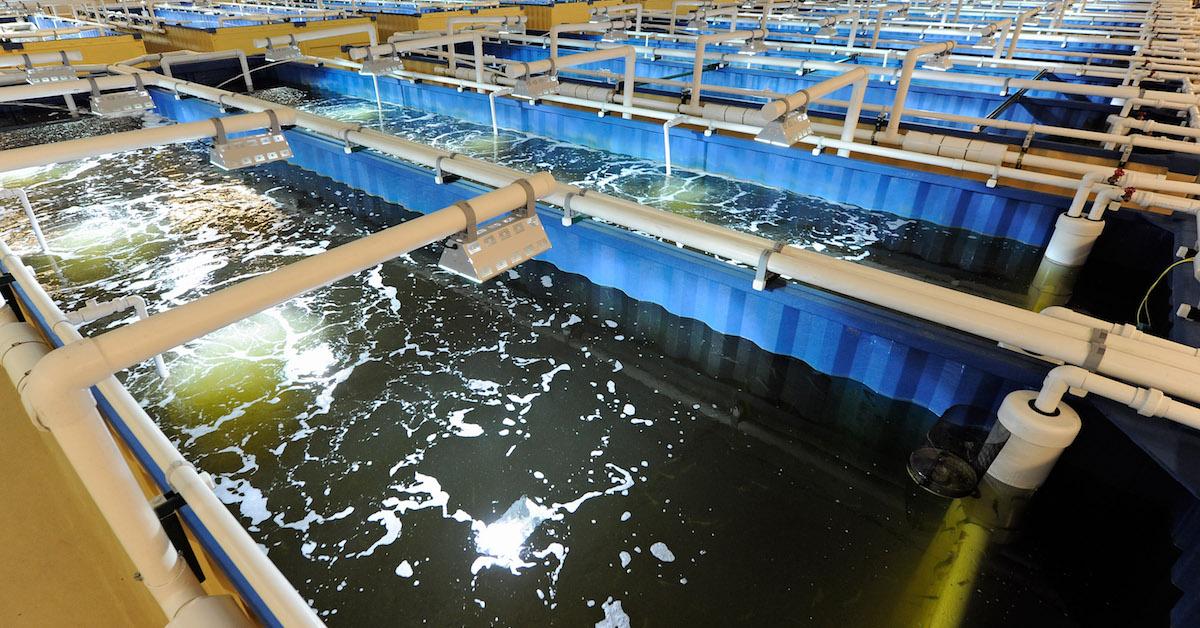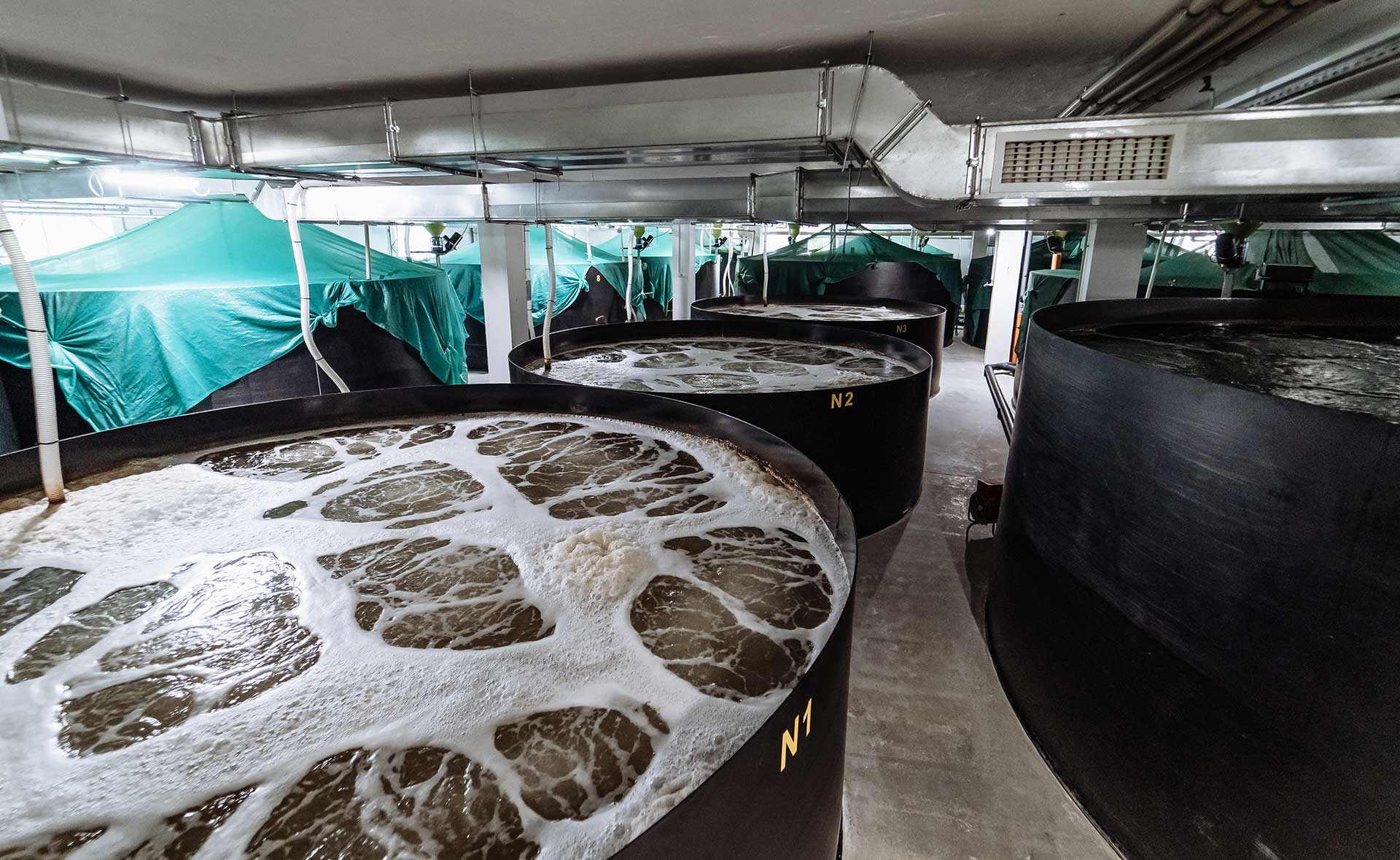Hey there! I’ve been researching farm-raised shrimp extensively as both a food writer and shrimp lover. Let me break down everything you need to know about whether these little crustaceans from farms are actually good for you.
Quick Answer Farm-raised shrimp can be healthy when sourced responsibly, but there are some important factors to consider regarding nutrition, safety, and environmental impact.
The Good Stuff: Nutritional Benefits
Farm-raised shrimp pack quite a nutritional punch:
- High-quality protein source
- Rich in omega-3 fatty acids
- Excellent source of selenium
- Good amounts of vitamin B12
- Low in calories
- Low in saturated fat
The Not-So-Good Stuff: Potential Concerns
But before you load up your shopping cart, here’s what you should know
Chemical and Antibiotic Use
- Many farms use antibiotics to prevent disease outbreaks
- Some use pesticides and disinfectants
- Chemical residues can remain on shrimp
- U.S. FDA monitors and rejects unsafe levels in imports
Environmental Impact
- Can damage coastal ecosystems
- Often leads to mangrove forest destruction
- Creates pollution from waste and chemicals
- May affect local wild shrimp populations
Quality and Nutrition Differences
- Generally lower in omega-3s than wild shrimp
- Higher in saturated fat
- May contain fewer nutrients overall
How to Choose Healthy Farm-Raised Shrimp
I’ve learned these tips help ensure you’re getting the best quality
1. Check the Source
- Choose U.S.-farmed shrimp when possible
- Look for strict regulatory environments
- Avoid countries with poor farming practices
2. Look for Certifications
- Best Aquaculture Practices (BAP)
- Aquaculture Stewardship Council (ASC)
- These ensure better farming practices
3. Smart Shopping Tips
- Buy frozen rather than “fresh”
- Check for no added preservatives
- Avoid shrimp with signs of freezer burn
- Look for shrimp without added sodium
My Personal Guidelines for Consuming Farm-Raised Shrimp
Here’s what I do to enjoy shrimp safely:
-
Limit consumption: I eat farm-raised shrimp as an occasional treat, not a dietary staple
-
Proper preparation:
- Always remove the vein
- Cook thoroughly to 145°F
- Clean properly before cooking
-
Smart sourcing:
- Buy from trusted suppliers
- Check origin country
- Look for certification labels
Making Farm-Raised Shrimp Healthier
Some practical tips I use:
- Skip extra salt – shrimp naturally contain sodium
- Use healthy cooking methods (grilling, steaming)
- Pair with vegetables for balanced meals
- Season with herbs and spices instead of heavy sauces
The Bottom Line
Farm-raised shrimp can definitely be part of a healthy diet when you:
- Choose responsibly sourced options
- Eat in moderation
- Prepare properly
- Buy from reputable suppliers
Remember, not all farm-raised shrimp is created equal. The key is being an informed consumer and making smart choices about where your shrimp comes from and how often you eat it.
Frequently Asked Questions
Q: Is wild-caught always better than farm-raised?
A: Not necessarily! Both have pros and cons. Wild-caught faces overfishing issues while farm-raised has environmental concerns.
Q: How much farm-raised shrimp is safe to eat?
A: The FDA recommends 2-3 servings of seafood weekly, including shrimp. I personally stick to 1-2 servings of farm-raised shrimp per month.
Q: Can pregnant women eat farm-raised shrimp?
A: Yes, when fully cooked and from reliable sources. Always consult your healthcare provider first.
Remember, being informed doesn’t mean you need to avoid farm-raised shrimp entirely. It’s about making smart choices that work for your health and values. Keep it balanced, and you’ll be just fine enjoying these tasty crustaceans!
Would you like me to explain any part of this article in more detail?

Shrimp Production and Slavery
Labor practices are a serious issue in both wild and farmed shrimp supply chains, especially in countries like Thailand, where human trafficking is a major problem. In 2015, a major investigation by the Associated Press revealed that shrimp peeling houses in Thailand were using slave labor.
In 2014, a six-month investigation by The Guardian “established that large numbers of men bought and sold like animals and held against their will on fishing boats off Thailand are integral to the production of prawns (commonly called shrimp in the US) sold in leading supermarkets around the world, including the top four global retailers: Walmart, Carrefour, Costco and Tesco.”
While President Barack Obama signed a bill in 2016 that made it easier to stop shipments of seafood produced using forced labor from entering the US, it primarily relies on organizations alerting Customs and Border Protection to potential abuses. Oxfam has also documented horrible working conditions and low wages in the shrimp industry across Asia.
A 2018 report from Human Rights Watch found that “forced labor and widespread human trafficking” is still rampant in the industry.
Meanwhile, Monterey Bay Aquarium, Liberty Asia, and the Sustainable Fisheries Partnership have partnered on a database called the Seafood Slavery Risk Tool, which is meant to help businesses and consumers evaluate which fisheries have the highest risk of forced labor. However, the tool does not yet include any information on shrimp fisheries.
Farmed Shrimp: Mangrove Destruction, Pollution, Health Concerns
Of course, for the overwhelmingly majority of Americans, the cheap shrimp they’re buying is not wild-caught, it’s farmed. The vast majority of shrimp comes from coastal pond farming in countries like China, India, Thailand, and Indonesia.
When the shrimp farming industry took off, mangroves — trees that grow in coastal waterways and play a critical role in protecting communities against storm surges, nursing wild fish stocks, and absorbing carbon dioxide — began to disappear. According to a United Nations report, between 1980 and 2012, a fifth of the world’s mangroves were cleared to make way for shrimp farms. In recent years, Bigelow said, some countries have made strides in replanting mangroves and passing laws that require farms to plant additional trees for every tree lost. But coastal shrimp ponds have other negative impacts.
Seafood Watch runs a scoring system for seafood, and for farmed shrimp. “You’re going to see a lot of low scores for chemical use, impact on habitat, and disease,” he said. Because they are raised in high concentrations and have underdeveloped immune systems, disease risk is high. To try to prevent and control disease, which can result in major losses, farms use chemicals. Those chemicals end up in waterways, where they are destructive to local ecosystems—and in the shrimp itself. “Some of those chemicals may be important for human health,” Bigelow said. “I’m specifically talking about antibiotics.”
In 2015, Consumer Reports released a special report on shrimp after testing 348 packages of frozen shrimp from various food stores in the United States. 11 of the samples tested positive for one or more antibiotics. It also found more antibiotic-resistant MRSA on the shrimp compared to previous tests of pork, chicken, and ground turkey. (In 2014, by the way, the Food and Drug Administration tested less than one percent of imported shrimp.)

“From a farming perspective, the frustrating thing about shrimp is that they grow so fast, and you should be able to turn out a lot of them with a relatively light ecological footprint,” said Greenberg. In fact, recirculating farms can raise shrimp in large tanks that are indoors or under hoop houses. With a well-designed system that includes good water quality and circulation, it’s possible to prevent disease without the use of chemicals or antibiotics, minimize inputs, and produce little to no waste, said Cufone. But the industry has struggled to get off the ground in the United States as it has wrestled with research and development while trying to compete with the cheap influx of destructively farmed imported shrimp. “There have been a handful of operations, and some have come and gone. There are others that are just developing,” she said. “My hope is to see that develop over time…but many places have barriers to development.”
